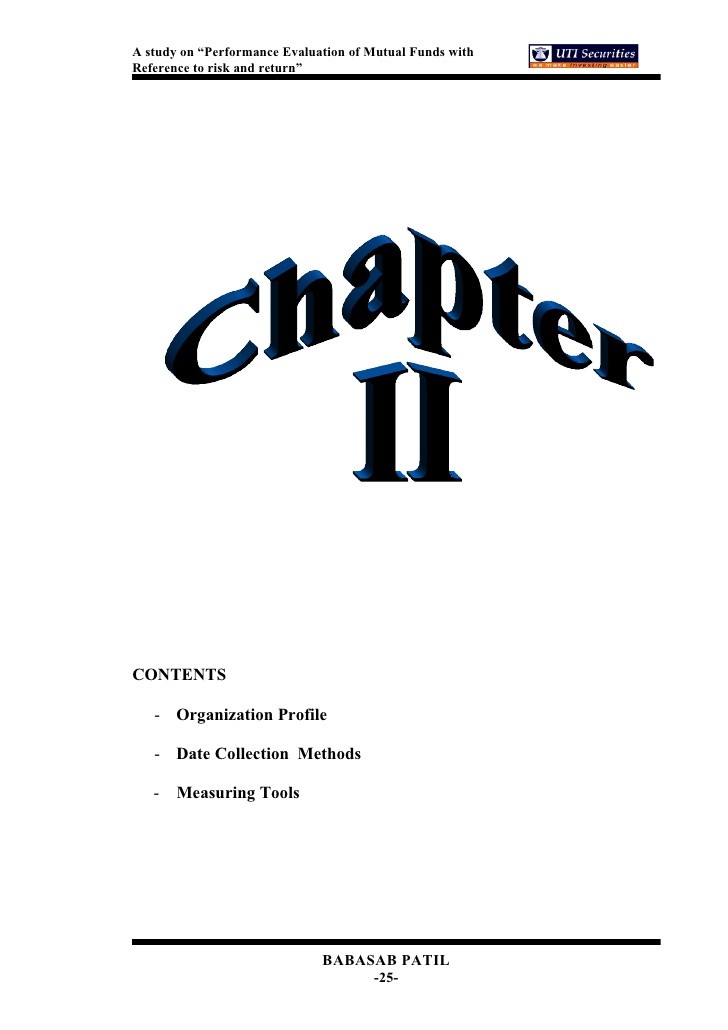5 Ways to Measure Mutual Funds Financial Web
Post on: 3 Апрель, 2015 No Comment

There are currently more mutual funds than there are stocks; investors need to know how to measure mutual fund risk as well as measure performance to make decisions about the many funds available. If we categorize risk and return we can systematically size up mutual funds to make good comparisons. Generally speaking there are 5 quantitative measures to compare mutual funds; two are based on performance, one of which is solely based on return, while there are three measures based on risk.
Risk measures
Metrics based on risk help professionals gauge a mutual fund for comparison. The three risk measures are as follows:
- Beta
- R-squared
- Standard deviation.
All three are somewhat related but are looked at in different ways. Beta measures the amount of volatility that the fund would exhibit compared to the broader markets. In other words, it is a number fluctuating from negative to positive where a beta of one is equivalent to the volatility of the markets as a whole. A market fund would have a beta of one. A riskier fund would have a beta greater than one and a fund that moves opposite to the general markets would have a negative beta. Keep in mind a beta of zero theoretically means that the fund is market neutral and should expect to return a smaller percentage, comparatively.
R-squared measures the integrity of the beta and also the strength of the fund’s correlation to it’s benchmark index. A high reading from r-squared equates to a strong correlation to its benchmark index and also signifies more strength in the beta value.
Standard deviation measures the volatility. Every investment vehicle and benchmark index will have different standard deviations depending on the amount of change in prices that it exhibits. Standard deviation is similar to beta in the respect that it is used for comparison as well as a variable in formulas for financial modeling.
Return measures
Return metrics are by far the most beholden statistics for professionals and investors across the board. The two measures here are:
Alpha is the extra return that the investment vehicle provides above and beyond the expectation that the risk procured. Finance holds that there is no reward without risk, that means that the more risk undertaken the more the investment should return. An increased alpha means that the fund has been experiencing returns greater than the risk undertaken. Professionals study and create tactics to produce higher alphas because it is generally seen as a performance measure that depicts the investment manager’s aptitude.
The Sharpe ratio is another measure that top down managers like to use to compare funds. The reason is its facile usage; the higher the Sharpe ratio the better the fund’s overall performance. As opposed to comparing percentage returns, the Sharpe ratio compares overall performance. Created by William Sharpe, the ratio essentially compares risk adjusted performance. It mathematically places returns on the numerator and risk on the denominator in such a way that the ratio can be compared across the investment frontier for any particular mutual fund.
$7 Online Trading. Fast executions. Only at Scottrade














